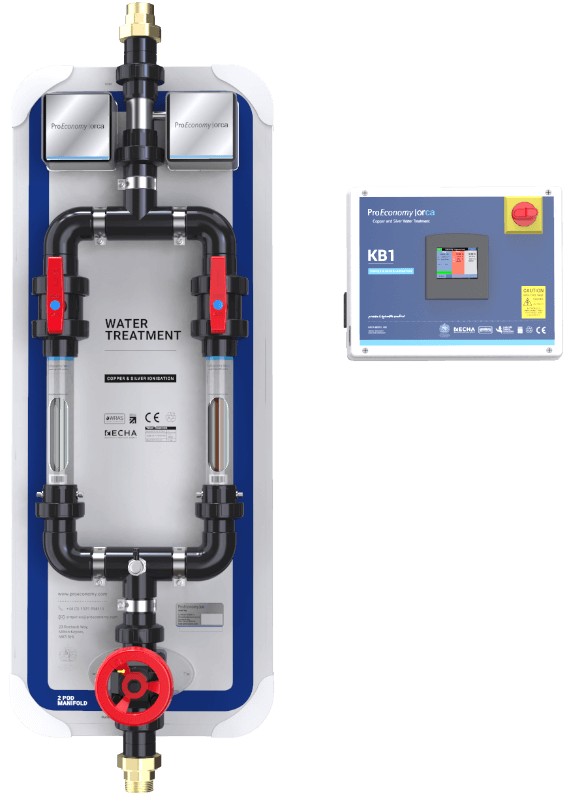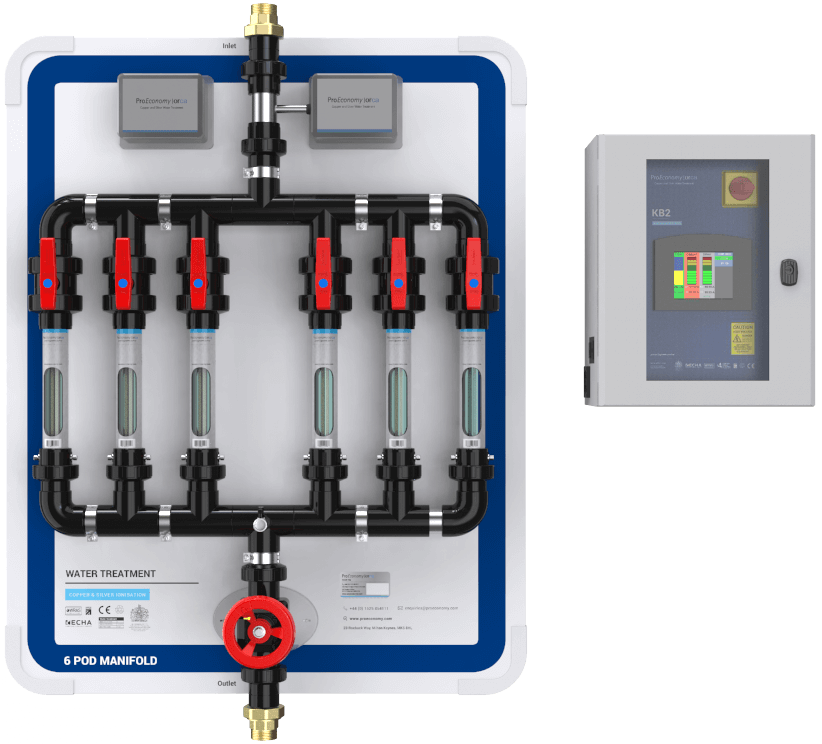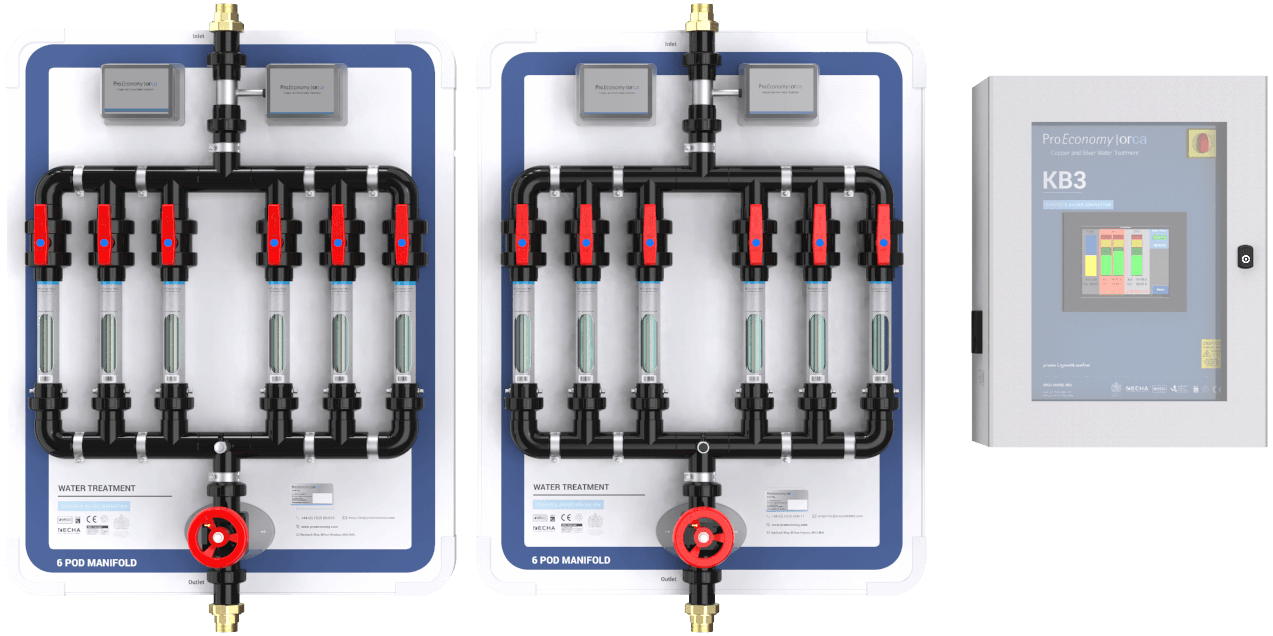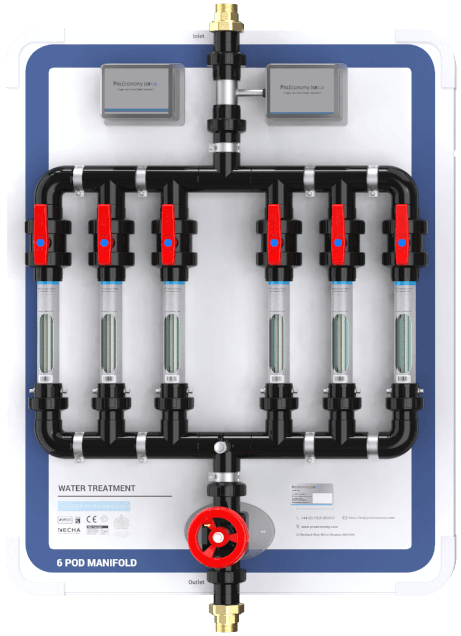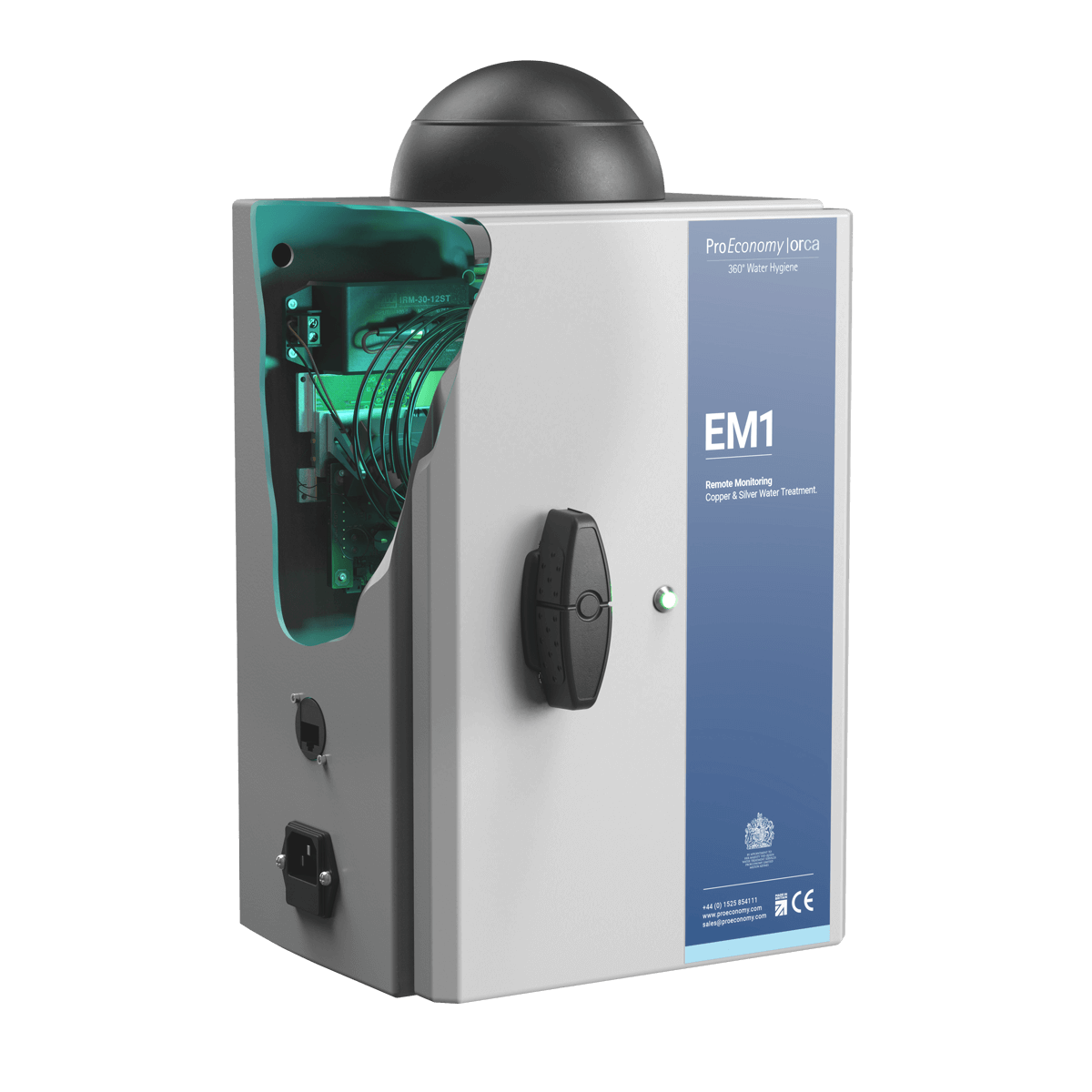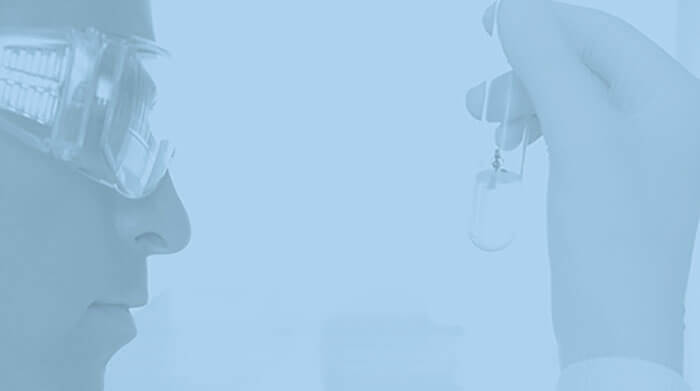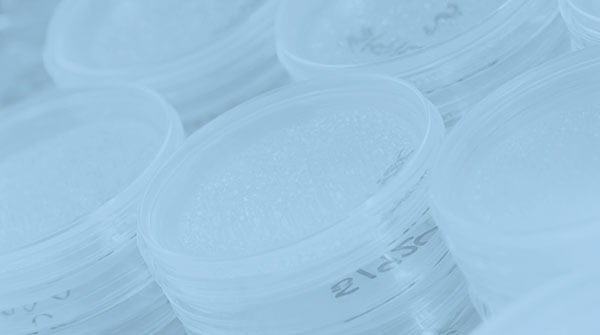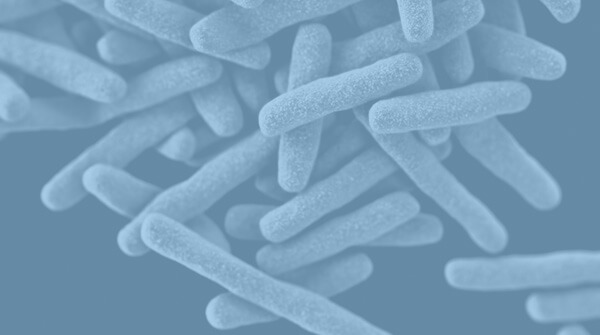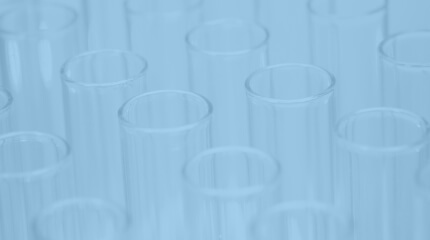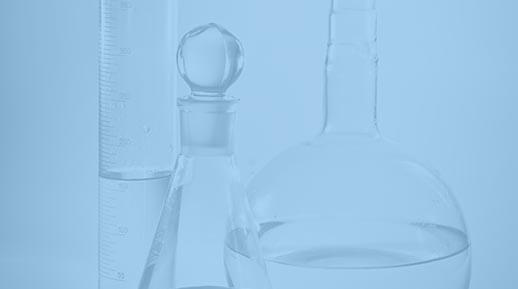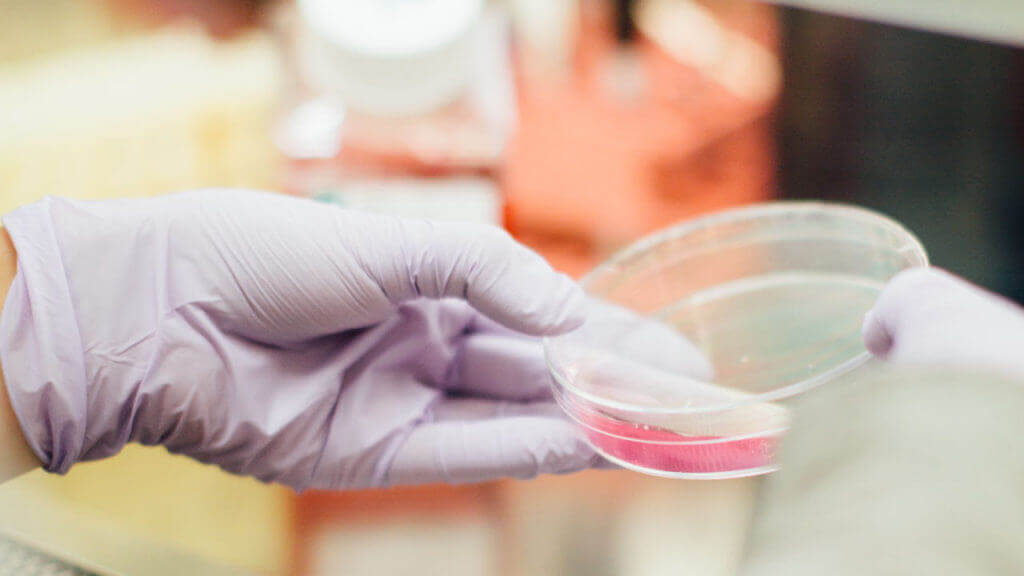
An article published on LinkedIn, by Dr V. Barbosa yesterday discusses isolation, analysis methods, and control measures for multi-drug resistant Stenotrophomonas maltophilia.
What Is Stenotrophomonas maltophilia?
S. maltophilia is associated with wet surfaces and aqueous solutions. Its cells have the ability to survive with minimal nutrients, in drinking water, ultrapure water, treated water and dialysate effluent. It has become an important pathogen due to its multi-antibiotic resistance. There has also been an increasing incidence of nosocomial and community-acquired S. maltophilia infections. This is of particular concern for immuno-compromised individuals, as this pathogen is associated with a significant fatality ratio (Brooke, 2012).
Copper and Silver Ionisation
Brooke’s article suggests ions are able to kill microbial cells because copper and silver ionisation releases the metals in the ionic form into the water.
Copper and silver ions work by being electrically charged. Therefore, they are attracted by opposite charges in microbial cells. By binding to specific sites in the cells’ DNA, RNA, proteins and enzymes, it causes damage and death of cells.
Dr Barbosa points out that: “when a biocide is bound to something else in the compound, such as nitrate in silver nitrate, and hence is not bio-available, we can presume this enables the compound to be stored by the microorganism rather than killing it. For metals like silver and copper to show toxicity to microorganisms, they have to be present in their ionic form then, which is the bio-available form. “
The article also points out that: “copper and silver ionisation is effective against Legionella, P. aeruginosa, Mycobacteria, as well as S. maltophilia. (Liu et al. 1994, Miuetzner et al. 1997, Liu et al., 1998, Stout et al. 1998, Biurrun et al. 1999, Rohr et al. 1999, Kusnetsov et al. 2001, Stout and Yu 2003, Chen et al. 2008, Lin et al, 2011, Bedford 2012, Barbosa & Thompson 2016). This is most probably because the copper and silver in ionisation are in their ionic form. This is the form which can kill microbial cells, hence the success of copper and silver ionisation in controlling Legionella and other pathogens in water systems.”
The Orca and Biocide Tolerance
ProEconomy’s copper and silver ionisation system, the Orca, has been successfully controlling Legionella, Pseudomonas aeruginosa and other pathogens in various hospitals in the UK, including Great Ormond Street Children Hospital, Basildon Hospital, Birmingham Heartlands and The John Radcliffe in Oxford, among many others in the UK. You can read the case studies here.
Maybe copper and silver ionisation system is the solution to the problem of biocide tolerance in S. maltophilia. Therefore, it kills the cells before they can develop a tolerance to the metals.
